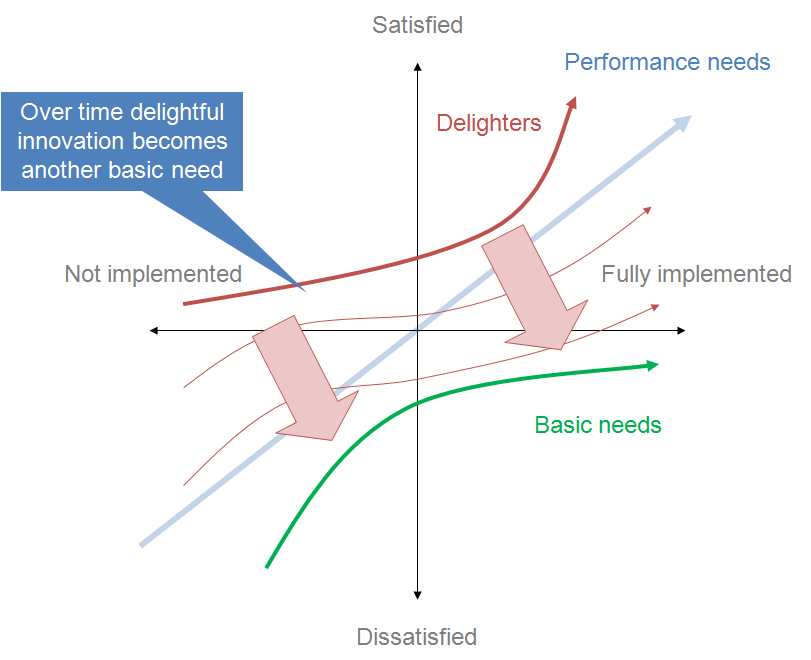Entretanto, na semana passada fui levar o meu filho mais novo a Tikrit, para o recomeço dos seus estudos de Cinema, durante a viagem contou-me uma particularidade do Fortnite que me surpreendeu e que logo cataloguei no domínio de Mongo.
- Os criadores do Fortnite têm ganho muito, muito dinheiro.
- O que é o Fortnite?
- É um jogo que as pessoas podem jogar online de forma gratuita!
- Espera aí! SE o jogo é gratuito como é que fazem dinheiro?
- Fazem dinheiro porque as pessoas compram roupas, compram danças, ...
- Ah! Compram "peças" para terem mais chances de ganhar, como mais armas, mais balões de oxigénio, vida extra, ...
- Não! O que as pessoas compram não tem nada a ver com o terem mais ou menos possibilidades de ganhar o jogo. o que as pessoas compram é só para show-off
- Get out of here! Não acredito!
Claro que o moço tinha razão
"Within nine months of its debut last September, the free-to-play game had attracted 125 million registered users, more than 40 million of whom play every month, from sixth graders to pro gamers to NBA all-stars. Meanwhile, users are popping into Fortnite’s in-game Item Shop to buy outfits for their survivalist characters to wear, as well as emotes (funny dances and gestures) for them to perform. As a result, Epic Games has reportedly already generated more than $1 billion in revenue from Fortnite, which—once again—costs nothing to play."Contou-me o meu filho que volta e meia, Bruxelas entra em campo e proíbe jogo ou aplica multas por causa de ser um jogo e haver muito dinheiro envolvido. Até mencionou um caso recente que não retive. Com o Fortnite é um jogo grátis, ponto. E o que as pessoas compram não é para o jogo ponto! É para alimentar o nosso lado biológico/psicológico assente em danças nupciais.
Lembram-se dos economistas que defendem modelos económicos baseados no pressuposto da racionalidade dos humanos? Gente que nunca ouviu falar da Little Miss Matched, que descobri aqui, ou do Fortnite. Quanto menos racionais, mais Mongo faz sentido, mais a PME tem vantagem, mais a customização faz sentido e tem mercado.
Trecho retirado de "If you think Fortnite is just a video game, you’re missing the big picture"

















%2006.21.jpeg)












